The Cultural Significance of The Calling of St. Matthew by Michelangelo Merisi da Caravaggio10/24/2015 When Michelangelo Merisi da Caravaggio completed the painting The Calling of St. Matthew in July 1600 he did so in the culture of the Counter Reformation, with a Catholic Church that sought to reach out to its parishioners through art. Throwing aside the conventions of the Renaissance and creating his own, Caravaggio worked to fulfill this mission with a realism, immediacy and a flair for the dramatic that sometimes was off putting to those around him. Yet the profound effect of his work cannot be denied and the ways in which he created would change the face of the art world.
0 Comments
In 1936 Spanish artist Pablo Picasso was living and working in Paris, France when he was approached by the newly elected Republican government in Spain to create a mural for the next Paris Exposition Universelle, or World's Fair, scheduled for 1937. The timing of the commission coincided with the beginning of the Spanish Civil War in which a failed military coup, by the right leaning Nationalists, against that same government, the left leaning Republicans, devolved in a protracted and bloody conflict. The ensuing violence would come to heavily influence Picasso's handling of his commission- with the final result being a reactionary piece to the news of the bombings of the Spanish village Guernica, after which the painting is titled.
Auguste Rodin, who lived from 1840-1917, was premiere sculptor of the 19th century. Largely credited as the founding father of modernist sculpture, his pieces tended be explorations of human emotion, form and physicality. No matter his subject matter, be it mythological, allegorical or portraiture, Rodin sought to capture the human condition. His piece Danaïd (1889) exemplifies many of these aspects through his use of naturalistic form, contrasting texture, and scale.
Within the history of Imperial Rome, the time period dating from 96 C.E. to 180 C.E. is known as the age of the “Five Good Emperors” in honor of those that presided over the empire in that time: Nerva, Trajan, Hadrian, Antoninus Pius and Marcus Aurelius. It was a time of distinction where trade flourished and the previous held prejudices between Italian born Romans and Romans originating from the outer provinces of the empire lessened as provincials took more positions of power. People were no longer constricted to positions based on lineage but on ability and experience, even the emperors themselves. In 138 C.E. Antoninus Pius, a tried and true politician, was adopted by Emperor Hadrian at the age of 51. Furthermore Antoninus went out and adopted Marcus Aurelius and Lucius Veras assuring a clean succession. During his reign, Antonius Prius restored the Senate without weakening his own imperial power and generally ruled with merit. Upon his death in 161 C.E his two successors rose to power as the first co-emperors, and one of their first acts was to memorialize their adopted father with the Column of Antoninus Pius. Thymiaterion Supported by a Statuette of Nike |
AuthorCrystal has a MA in the History of Art from Courtauld Institute of Art as well as a BFA in Art History from the Academy of Art University. Archives
November 2017
Categories
All
|

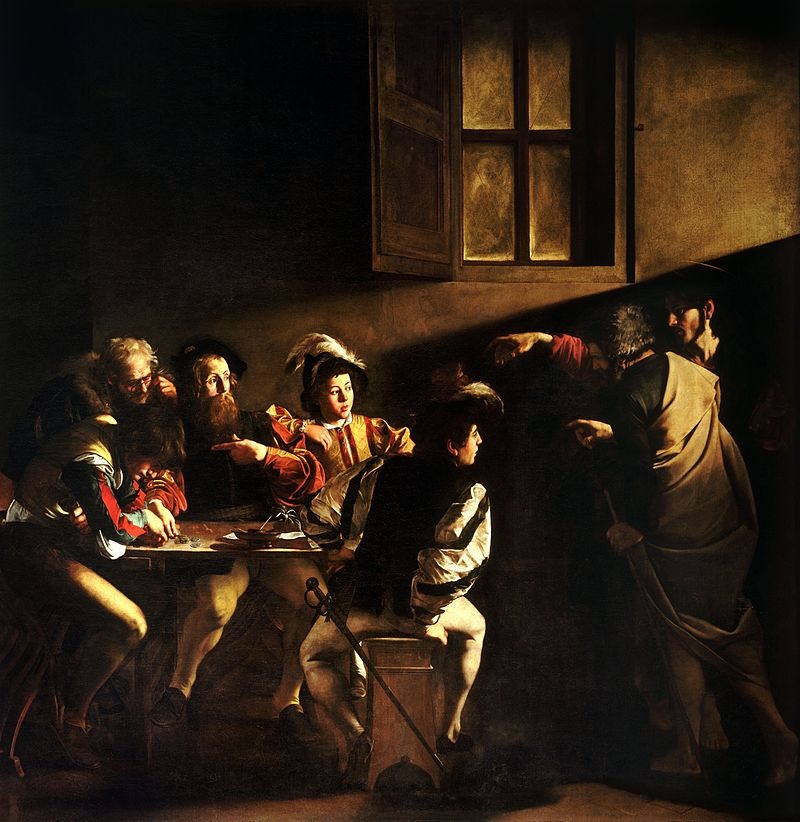
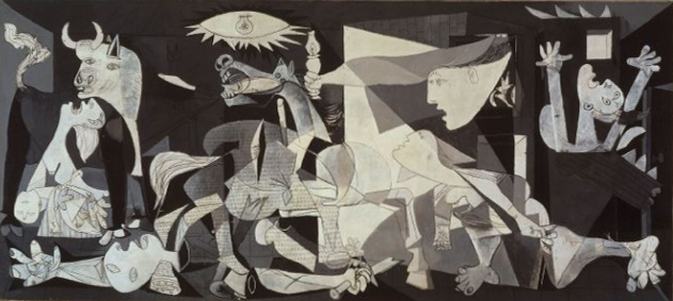
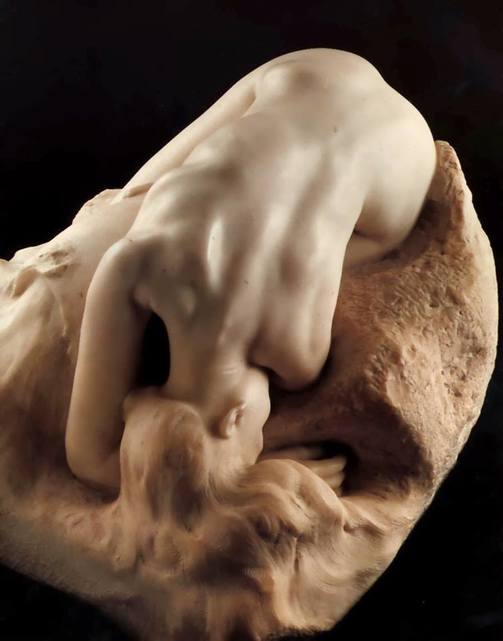
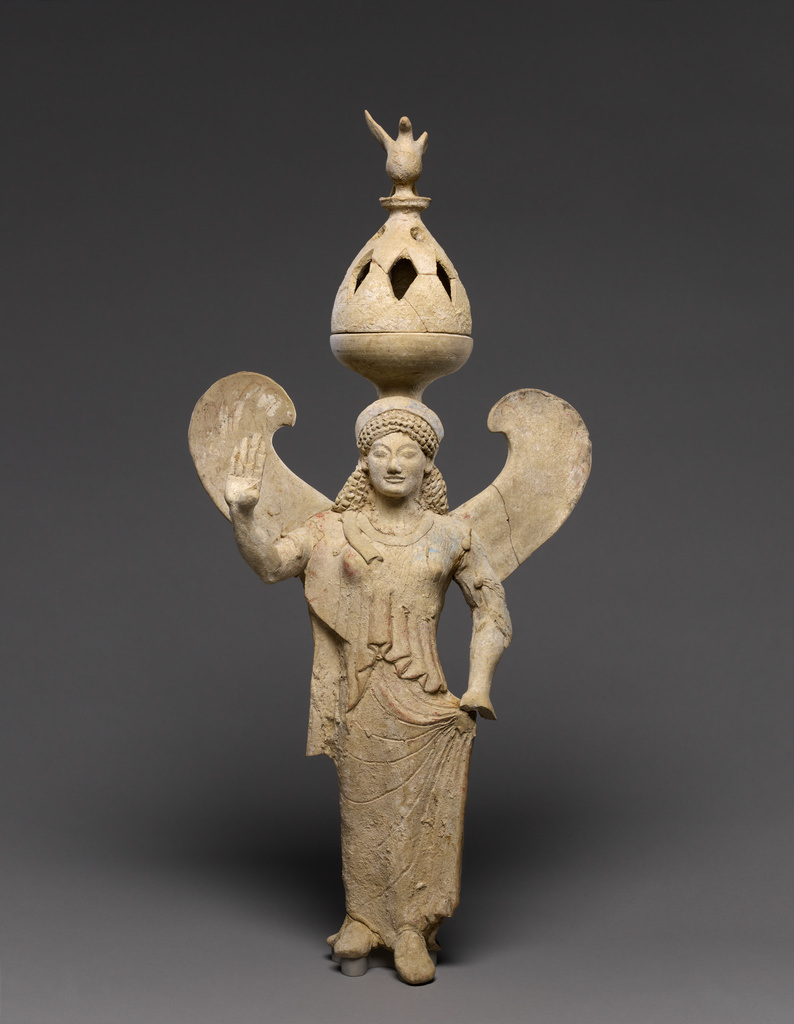
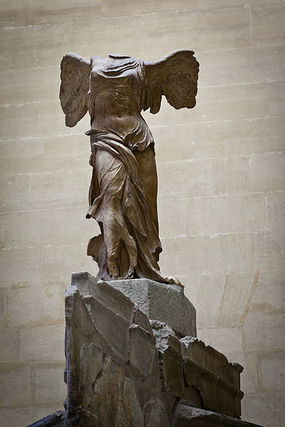
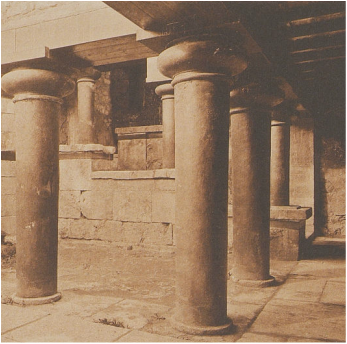

 RSS Feed
RSS Feed